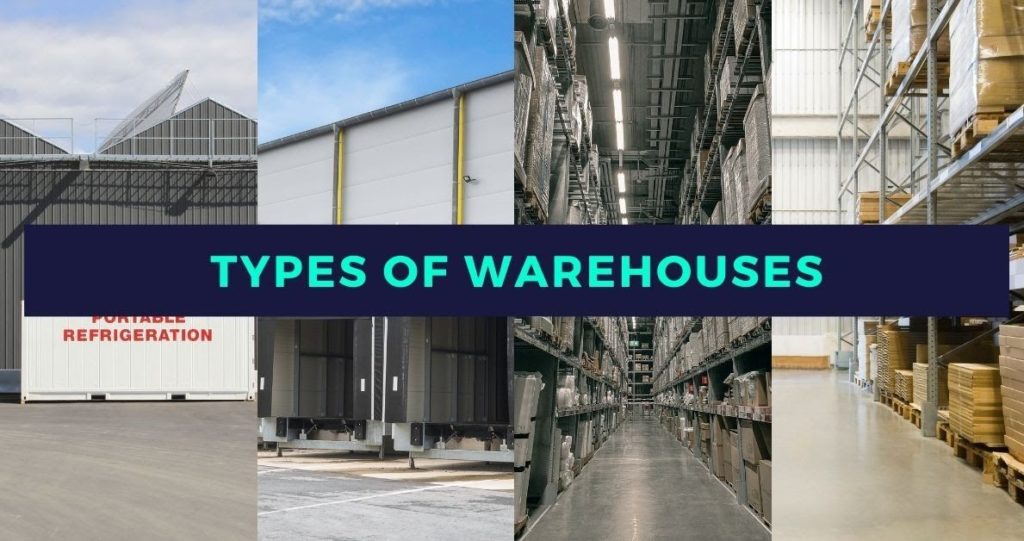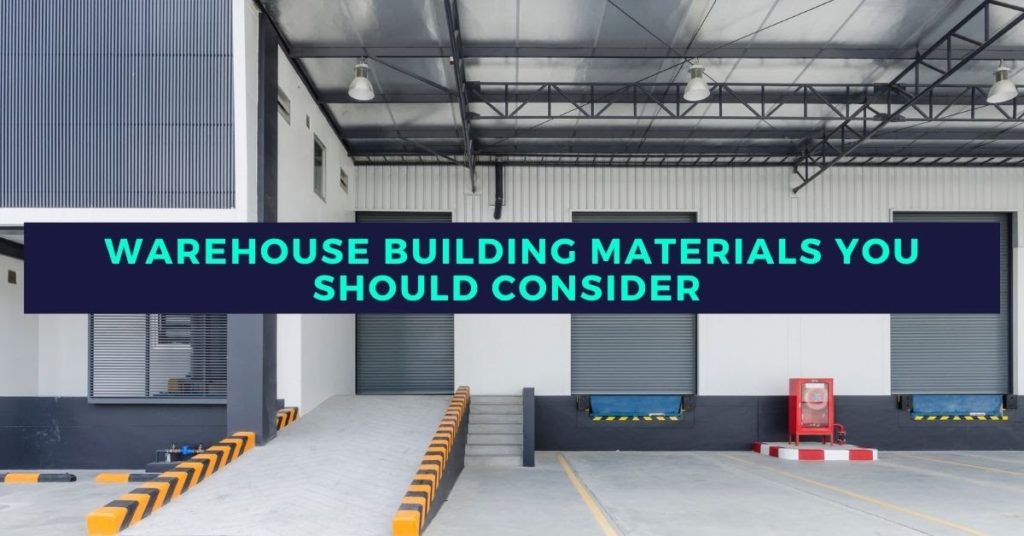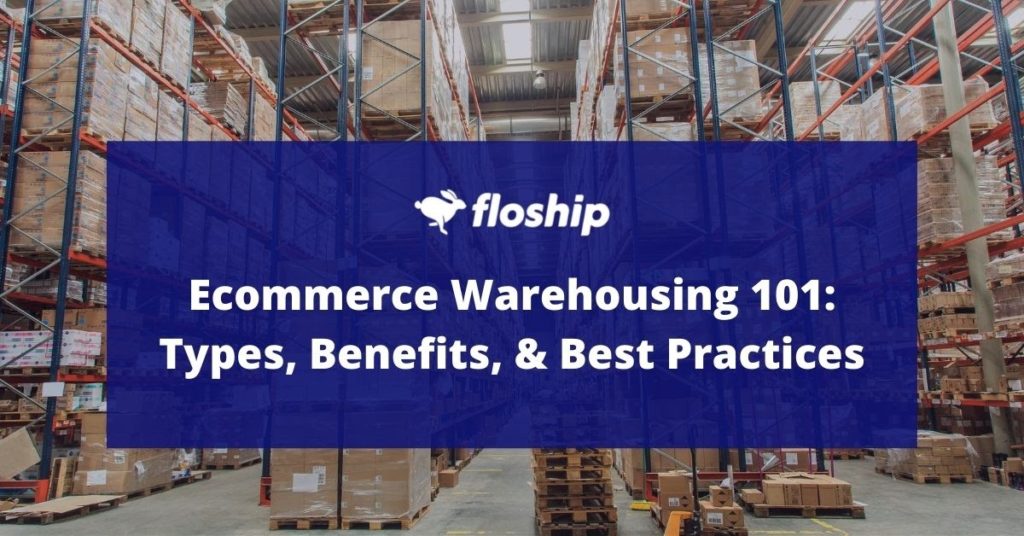When it comes to ecommerce warehousing, there are a few different types of warehouses that you can choose from. Each type has its own set of benefits and drawbacks, so it’s important to understand what each one offers before making a decision. In this article, we’ll explore the different types of warehouses and their benefits, as well as how to choose which one is best for your needs.
Directly jump to the part you’re most interested in?
- What is a warehouse and how do they benefit ecommerce companies
- The different types of warehouses available
- How to choose the right type of warehouse for your needs, including benefits and drawbacks
- Tips on choosing the best location for your warehouse
- Warehouse building materials you should consider
- Other considerations when selecting a warehouse type
- Frequently asked questions about ecommerce warehousing
What is a warehouse and how do they benefit ecommerce companies
A warehouse is a large, enclosed space used for storing goods. Warehouses offer a number of benefits for ecommerce businesses, including:
1. Protection from the elements: A warehouse provides a sheltered space for storing products, which can help protect them from the weather and other elements.
2. Reduced shipping costs: By storing products in a warehouse, ecommerce businesses can reduce the shipping costs associated with delivering them to their customers.
3. Reduced storage costs: Warehouses provide an economical way to store large quantities of products.
4. Increased efficiency: By using a warehouse, ecommerce businesses can streamline their operations and improve their efficiency. This includes everything from managing inventory to picking and packing orders.
The different types of warehouses available

There are a number of different types of warehouses available, each with its own set of benefits and drawbacks. Some of the most common warehouse types include:
1. Closed warehouses: Closed warehouses are enclosed spaces that protect products from the elements. They’re typically used for storing perishable items, such as food and pharmaceuticals.
2. Open warehouses: Open warehouses are not enclosed, which can be beneficial for businesses that need to access their products quickly. However, they provide less protection for storage goods than closed warehouses.
3. Portable warehouses: Portable warehouses are small, collapsible structures that can be easily moved from one location to another. This makes them a good option for businesses that need temporary storage space.
4. Custom warehouses: Custom warehouses are designed to meet specific business requirements. They tend to be more expensive than other warehouse types, but they offer a high level of customization.
How to choose the right type of warehouse for your needs, including benefits and drawbacks
When it comes to choosing a warehouse, it’s important to consider the benefits and drawbacks of each type. Some of the factors you’ll need to consider include:
1. The products you plan to store: Not all warehouse types are suitable for storing all types of products. Closed warehouses, for example, are ideal for storing perishable items.
2. The amount of space you need: Closed and open warehouses tend to be larger than portable and custom warehouses. If you don’t have enough space, you may need to consider a different type of warehouse.
3. The climate: If the climate in your area is extreme, you may need to choose a warehouse that can protect your products from the weather.
4. The level of security you need: Open warehouses offer the least amount of security. If you’re storing valuable products, you may want to consider a more secure option.
5. The level of customization you need: As mentioned above, custom warehouses offer the most customizable options; however, they also tend to be among the most expensive warehouse types.
6. How much time and money it will cost to construct your warehouse: Although portable warehouses are some of the easiest to set up, they can be relatively costly compared to custom warehouses, which are more time-intensive but typically lower in price.
Before deciding on a specific type of warehouse, you’ll need to weigh all these factors against your budget and business needs. You may find that closed or open warehouses are a better fit for your business, depending on the products you’ll be storing and how much space you have available.
Tips on choosing the best location for your warehouse
When it comes to choosing a warehouse, one of the most important factors to consider is its location. Here are a few tips on how to choose the best location for your warehouse:
1. Consider your proximity to customers: The closer your warehouse is to your customers, the faster you can get products to them. This can be especially important for businesses that offer same-day or next-day shipping.
2. Consider your transportation options: If you plan to use trucks or other forms of transportation to move your products, make sure the warehouse is located near a transportation hub.
3. Consider your labor pool: If you plan to hire staff to work in your warehouse, make sure the area has a large pool of qualified candidates. You may also want to contact local colleges or vocational schools, as many offer training programs related to warehousing.
4. Consider your proximity to suppliers: If you make regular shipments from a supplier, consider choosing a warehouse that’s near the supplier’s location. This will save time and money on shipping costs.
5. Consider your local climate: The warehouse’s climate should be consistent with the types of products you’ll be storing there; if the weather is unpredictable, it can damage your products and cost you time and money in repairs or replacements.
6. Consider space availability: As mentioned above, closed warehouses tend to be larger than other options, but they’re also more expensive and harder to construct. Make sure you have enough room for the kind of warehouse you’ll need.
7. Consider your equipment needs: It can be helpful to choose a warehouse with the kinds of conveyor belts, tilting mechanisms, and other equipment you may need in the future. If you plan on expanding your warehousing capabilities, make sure you have room for new equipment!
8. Consider how quickly you need to set up your warehouse: As mentioned above, portable warehouses are quick to schedule but tend to be more expensive than custom warehouses. If time is a factor in determining which type of warehouse to use, consider whether your budget will accommodate more expensive options or if lower-cost alternatives may work better instead.
9. Consider how much customization is needed: Custom warehouses offer the most customizable benefits, but they often take more time to construct. If customization is important to your business, make sure you have the extra time available to complete the construction process.
10. Consider how much inventory you’ll need to store: You can generally figure that closed warehouses are roughly 2-3 times larger than open warehouses for every 1,000 square feet of storage space. Make sure you choose a warehouse large enough to accommodate your current and future inventory levels after taking into account any growth over the next year or two.
11. Consider your climate control needs: Depending on where you operate your warehousing facility, it may be necessary to address concerns about temperature and humidity control if specific types of products require this type of care throughout all seasons of the year.
Warehousing provides many benefits to eCommerce businesses, but it’s important to remember that not all warehouses are alike. Be sure you understand the pros and cons of each type before you make a final decision.
Warehouses are more than just a place to store products; they’re an integral part of any successful ecommerce business. Let’s explore some common warehouse types, what benefits they offer, and how to choose the right one for you!
Warehouse building materials you should consider

When it comes to building your own warehouse, there are a few things you need to consider. The type of warehouse you choose will determine the materials you need, so it’s important to choose the right one. Here are a few things to keep in mind:
1. Steel is a popular choice for warehouses due to its strength and durability. It’s also resistant to fire and pests, making it a good option for warehouses storing sensitive products.
2. Wood is another popular choice for warehouses, as it’s strong and relatively inexpensive. However, wood is susceptible to pests and moisture damage, so it’s important to take precautions against these threats.
3. Concrete is a good choice for warehouses in areas with severe weather conditions, as it can withstand extreme temperatures. It’s also resistant to pests and fire, making it a popular choice for warehouses storing sensitive products.
When choosing building materials for your warehouse, make sure you take into account the location of the warehouse as well as the kind of products you’ll be storing there. For example, wood is susceptible to fire damage if located in an area with high temperatures, so it’s not ideal for hot climates. Likewise, concrete isn’t the best choice if you’ll need to transport equipment or goods around your warehouse frequently due to its weight. The needs of your business should guide your decision-making when designing and building any facility, but keep these factors in mind before beginning construction!
Other considerations when selecting a warehouse type
There are a few other things to keep in mind when selecting a warehouse type:
1. How often will you need to access your inventory? If you need to frequently access your inventory, an open warehouse may be a better choice than a closed one.
2. What are your climate control needs? If you need to store products that require specific climate control measures, make sure the warehouse you choose can accommodate these needs.
3. How much customization do you need? Custom warehouses offer the most customization options, but they also require the most time to construct. Make sure you have the extra time available if this is important to your business.
4. How big is your inventory? Closed warehouses tend be bigger than open warehouses and can accommodate more inventory than either of the other two types. If you have a large, fluctuating inventory, this can be a great choice for your business.
Frequently asked questions about ecommerce warehousing
What is the difference between a cold storage warehouse and a refrigerated warehouse?
A refrigerated warehouse uses refrigeration systems to regulate the temperature of the space. A cold storage warehouse, on the other hand, is cooled and heated using an air conditioning system.
What are some advantages to using a third party logistics company to handle warehousing needs?
Third party logistics companies can provide a number of advantages to businesses, including:
1. Reduced costs: Third party logistics companies typically charge less for their services than businesses would pay to staff and maintain their own warehouse.
2. Increased efficiency: By outsourcing warehousing needs, businesses can free up time and resources that can be used elsewhere in the company. This increased efficiency can lead to faster product turnaround times and improved customer service.
3. Specialized expertise: A third party logistics company will have specialized expertise in warehousing and will be able to provide valuable advice on how to best store and manage inventory.
If you’re considering outsourcing your warehousing needs, make sure you research different third party logistics companies and compare their rates and services.
Is it smart to use both inhouse and outsourced inventory management systems in tandem?
There are pros and cons to both inhouse and outsourced inventory management systems. Inhouse systems can be more cost-effective in the long run, as businesses don’t have to pay a third party for their services. However, inhouse systems require staff time and resources to maintain, which can be costly. Outsourced systems are typically more expensive in the short term, but they can free up staff time and resources so that businesses can focus on their core operations. Ultimately, it’s up to business owners to decide which system will work best for them.
Conclusion
Warehouses are an essential part of any ecommerce business. In this article, we’ve explored the different types of warehouses and what benefits they offer. We’ve also given you some tips on how to choose the right warehouse for your needs. Keep these factors in mind when making your decision! Need help outsourcing your ecommerce fulfillment, including warehousing? Talk to an expert at Floship and we will help you find the right solution for your business.

Ready To Upgrade Your Logistic Solution?
Speak to Floship ecommerce logistic consultant about improving your global support chain today




